Twelve Days in Kobane, Where Syrian Kurds Are Under Attack by Turkey
KOBANE, SYRIA — Menzeer al-Hamid has started smoking again.
Standing in his yard on a hill overlooking the city of Kobane, al-Hamid, a veteran ambulance medic, takes a drag and looks out across his hometown. Turkish jets can be heard roaring overhead, followed by the distant whump of bombs dropping in the countryside.
War is closer every day. And as a medic, al-Hamid has been at the center of the fray.
“We like freedom and peace — we don’t want to fight,” he says. “But when war came again to our doors, I said ‘I will go.’”
Kobane, a city of more than 100,000 people nestled on Syria’s northern border with Turkey, is best known as the site of a ferocious siege by the self-proclaimed Islamic State in 2014 and 2015, when the fundamentalist group sent waves of car bombs and kamikaze fighters to try and take the city from the left-wing Kurdish militia known as the People’s Protection Units, or YPG. Al-Hamid sprung into action again in 2019 amid rounds of fighting between a coalition of Turkish-backed Syrian factions and the Syrian Democratic Forces — the alliance of Kurdish and Arab militias that grew around the YPG and that controls the region.
Now, Kobane faces the gravest threat in years.
In the immediate aftermath of the fall of Bashar al-Assad’s regime on December 8, Turkish-backed militias launched a ferocious ground offensive against the SDF, pushing them back to the Euphrates River, which now acts as a dividing line between the two forces. Turkish airstrikes against both military targets and civilians have been relentless: In the past week alone, Turkish drones hit a produce market in the nearby town of Sarrin, killing eight and injuring more than 20; in Kobane, another drone strike killed a young couple in their home.
In the span of six weeks, half of al-Hamid’s six-person crew was killed.
“As ambulance drivers we really love our work and doing something humane,” he says, coughing intermittently. “We heal our injured and bring back the fallen ones.”
Reporters with The Intercept recently spent 12 days in Kobane and found it effectively under siege. The city has been without electricity or reliable running water for nearly two months after Turkish airstrikes damaged the Tishreen Dam, a hydroelectric plant on the Euphrates River. Water is delivered by trucks, but it is impossible to meet demand, and the daily supply is barely enough to wash clothes or shower. The lack of heating and hygiene is a public health threat, and illness is rampant.
Aside from those families able to afford solar panels, most of the electricity in Kobane is coming from gas and diesel generators, whose fumes hang in a smoggy haze in the open-air market, or souk, at the city center. In the souk, hundreds of businesses are crowded into a small area, with entire streets shielded from aerial view by aluminum sheeting, blankets, and tarps in a defensive measure against Turkish reconnaissance and armed drones. Kurdish and Arab vendors alike are struggling to make ends meet, but business carries on: falafel shops, cellphone stands, beauty salons, and bakeries remain open.
Life is curtailed by sunset. After dark, residents mostly stay inside; when they do venture out, they use flashlights to get around. Barbers can be seen cutting hair with the help of handheld lights, or occasionally in complete darkness.
“We used to work until 10 or 11 p.m.,” says Mahmoud, 40, who runs a falafel restaurant in the city center. “Now, with the electricity cut, it starts to become dark around 4 or 5 p.m. Everyone brings their kids home, and we also close our shop. It is very difficult.”
In the weeks after airstrikes cut off power and water from Tishreen, Kobane has relied on an emergency water supply, pumped to the city by diesel-run generators from another location on the upper Euphrates, north of the dam. Only one of the four pumps was operational — but on February 2, an airstrike destroyed the last pump, destroying the backup water system entirely.
That has left residents to tap into a limited supply of groundwater underneath Kobane, a last-ditch effort that still leaves many residents without adequate access to water, according to Mexrad Bosî, co-chair of the Euphrates Region Department of Drinking Water.
“At least 10 unofficial wells in the city have come to our attention by now,” Bosî told The Intercept. “Many don’t have money to dig wells or buy bottled water. Humans always look for solutions, even if it means drinking dirty water.”
Left/Top: With the water cut in Kobane, generator-powered machinery is used to pump water from wells. The loud hum has become a constant background sound to the city’s daily life. Right/Bottom: With no electricity at night, Kobane’s busy souk empties after sunset. One by one, shops close, and near total darkness takes over. Photos: Maryam AshrafiThe only road linking Kobane to friendly locales runs a circuitous route whose twists and turns add hours to any trip, leaving travelers and supply convoys exposed at all times to Turkish airstrikes, or to raids by the lingering remnants of the Islamic State who still haunt the desert to the south and east.
If the Turkish-backed forces were to cross the Euphrates, they could surround the city completely.
In January, civilian protesters began gathering at Tishreen Dam to call for an end to the attacks — and to support their relatives and friends in the ranks of the Syrian Democratic Forces against Turkish-backed factions just across the river. Turkish jets and drones attacked the protesters repeatedly on the roads leading to and from the dam and on the dam itself. In one video released on a pro-Turkish Telegram channel, a drone can be seen dropping a grenade onto a group of civilians performing a traditional........

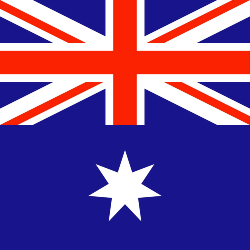

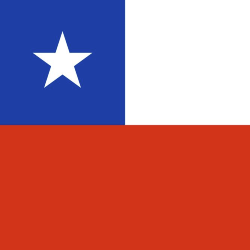
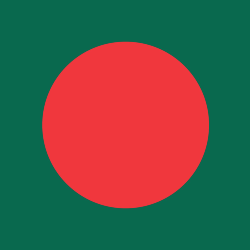







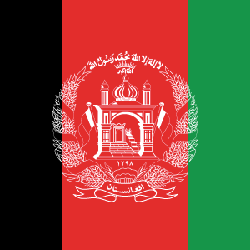







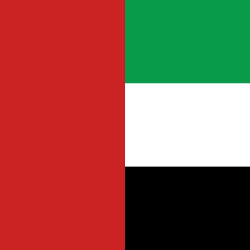

 Toi Staff
Toi Staff Tarik Cyril Amar
Tarik Cyril Amar Kersten Knipp
Kersten Knipp Patrick Gathara
Patrick Gathara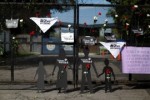 Belen Fernandez
Belen Fernandez Gideon Levy
Gideon Levy Rachel Marsden
Rachel Marsden Alexey Kupriyanov
Alexey Kupriyanov Jens Thurau
Jens Thurau
